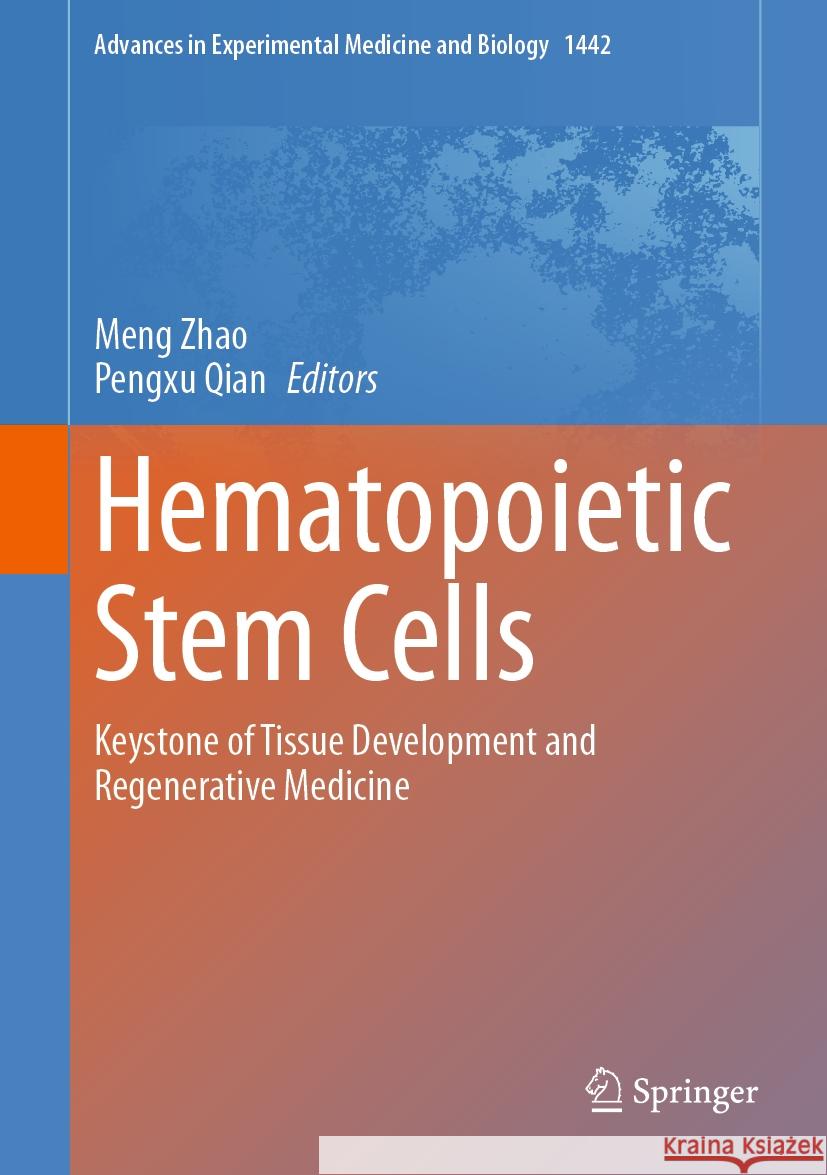topmenu
Wyniki wyszukiwania:
wyszukanych pozycji: 2
 |
Hematopoietic Stem Cells: Keystone of Tissue Development and Regenerative Medicine
ISBN: 9789819974733 / Angielski / Miękka / 2025 / 210 str. Termin realizacji zamówienia: ok. 22 dni roboczych. This book renders a comprehensive understanding of hematopoietic stem cells (HSCs) from their embryonic development through adult maintenance to aging, in the studies conducted in zebrafish and mammals. Hematopoiesis provides a paradigm for understanding the development, maintenance, regeneration, aging and malignant transformation of mammalian organs. Sitting at the apex of the hematopoiesis hierarchy tree, HSCs orchestrate their proliferation, self-renewal, and differentiation to produce all the blood cell lineages throughout life, which represents the best example for somatic stem cell...
This book renders a comprehensive understanding of hematopoietic stem cells (HSCs) from their embryonic development through adult maintenance to aging...
|
cena:
563,56 |
 |
Hematopoietic Stem Cells: Keystone of Tissue Development and Regenerative Medicine
ISBN: 9789819974702 / Angielski Termin realizacji zamówienia: ok. 22 dni roboczych. |
cena:
563,56 |










